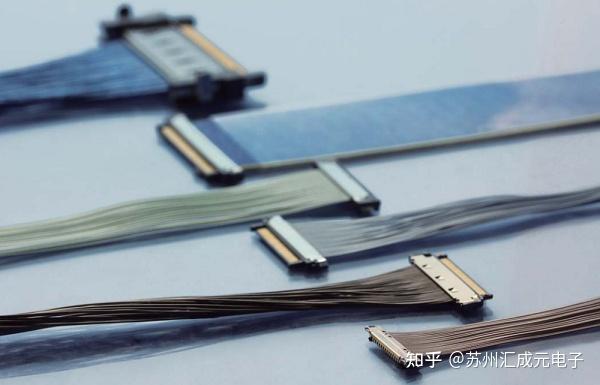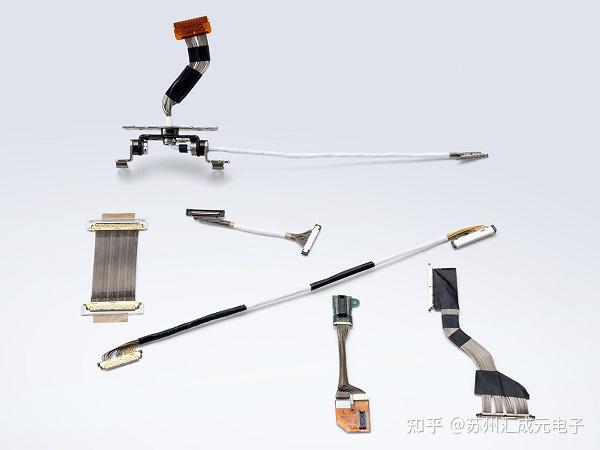Categorization:Brand Connector
When dealing with high-speed signal transmission or precision imaging equipment design, engineers often face a question: how long can a very thin coaxial cable be before the signal starts to significantly degrade? This directly affects the stability of the product and the final display quality. This article will gradually analyze this issue from the application scenarios, the principle of attenuation to the control methods.
Why pay attention to the length of ultra-fine coaxial cables?
In scenarios such as high-frequency signal transmission, display module connection, and radio frequency communication, extremely thin coaxial cables are widely used due to their small diameter and good flexibility. Compared with traditional thick coaxial cables, they are more suitable for wiring in limited spaces, such as medical endoscopes, flat panel displays, or camera modules. However, there is no fixed answer to how long they can be, because the signal will gradually attenuate as the length increases.
Second, the feasible length range of extremely fine coaxial cables
The length mainly depends on the signal frequency and the characteristics of the cable. In low-frequency applications, even tens of megahertz of signals can be extended to tens of meters with acceptable attenuation. In high-frequency applications, when the frequency reaches hundreds of megahertz or even thousands of megahertz, even a few centimeters of extremely thin coaxial cable may exhibit significant signal loss. In design, the "3 dB attenuation" is often used as a reference limit, which means that when the signal strength drops to half of its original value, the cable length is close to the critical value.
Three, the main factors affecting attenuation
Conductor diameter and material: The finer the conductor, the greater the resistance and the higher the loss. Using silver-plated conductors and low dielectric loss materials (such as PTFE or FEP) can improve performance.
The higher the frequency, the more obvious the skin effect and medium loss, and the more severe the attenuation.
Connectors and Interfaces: Each connector introduces additional losses, and the cumulative impact should not be ignored.
Cabling method: extremely thin coaxial cables are soft but fragile, excessive bending may damage the shielding layer or dielectric structure, resulting in local attenuation and signal reflection.
Four, methods of controlling signal attenuation
Shorten transmission distance: Avoid redundant cable length, design as compact as possible.
Choose low-loss wire material: select materials with high conductivity and low dielectric loss.
Reduce connection points: Try to minimize intermediate joints and conversion interfaces.
Optimize wiring radius: Maintain a reasonable bending radius and avoid sharp turns.
Compensation is necessary: In cases where attenuation is extremely sensitive, amplifiers or equalizers can be added, but the "nearby transmission" strategy is more commonly used in most miniature applications.
The extremely thin coaxial cable does not have a unified "maximum length," which needs to be determined based on the frequency band, cable characteristics, and application scenarios. Under low-frequency conditions, transmission of tens of meters is acceptable; in high-frequency situations, it may only be able to reach tens of centimeters. To effectively control attenuation, it is necessary to reasonably plan the length, select materials, and arrange the wiring method at the design stage.
I am[Suzhou Hui Cheng Yuan Electronic],Long-term focused on the design and customization of high-speed cable harnesses and extremely thin coaxial cable harnesses, committed to providing customers with stable and reliable high-speed interconnection solutions. If you have any related needs or want to learn more, please contact:Manager Yin 18913280527 (WeChat number the same)。